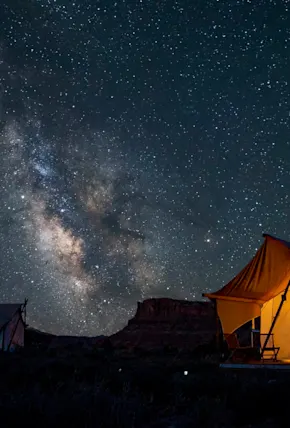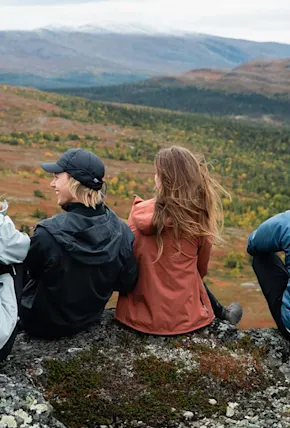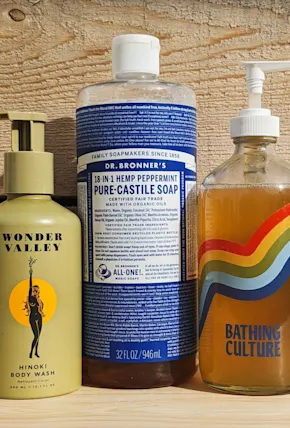In a warming world filled with single-use products and rapidly growing landfills, many outdoor brands are ditching the conventional linear take-make-waste system in favor a circular one to keep pre-owned or end-of-life products in the wild.
According to the Ellen MacArthur Foundation, a UK-based non-profit committed to creating a circular economy, millions of tons of clothes are produced, worn, and thrown away every year. "In a circular economy, products and materials are kept in circulation through processes like maintenance, reuse, refurbishment, remanufacture, recycling, and composting." A circular economy, also called a closed-loop cycle, transforms that waste producing method into a renewable process that not only recycles products at the end of their lifecycle but chooses materials that are able to be repurposed at the start.

Photo Courtesy TNF Renewed Progam
When brands adopt a closed-loop cycle they can effectively resell existing gear by refurbishing or reimagining it entirely. This concept is sometimes known as “recommerce” and put into practice through buyback and resell programs. These don’t just benefit the brand, this approach also gets the best-made gear into the hands of consumers at a lower price, often in exchange for store credit or vouchers to purchase new items (if you really need it!).
Some brands are just beginning to experiment with closed-loop cycles, while others are further along, and sadly, some big retailers like REI are dialing back. Yet, the wheels are undoubtedly in motion...and best of all, so is the gear.
Want to buy your outdoor gear and clothing from the most sustainable brands out there? This list of 16 outdoor brands that are putting the planet over profit is a good place to start.






















